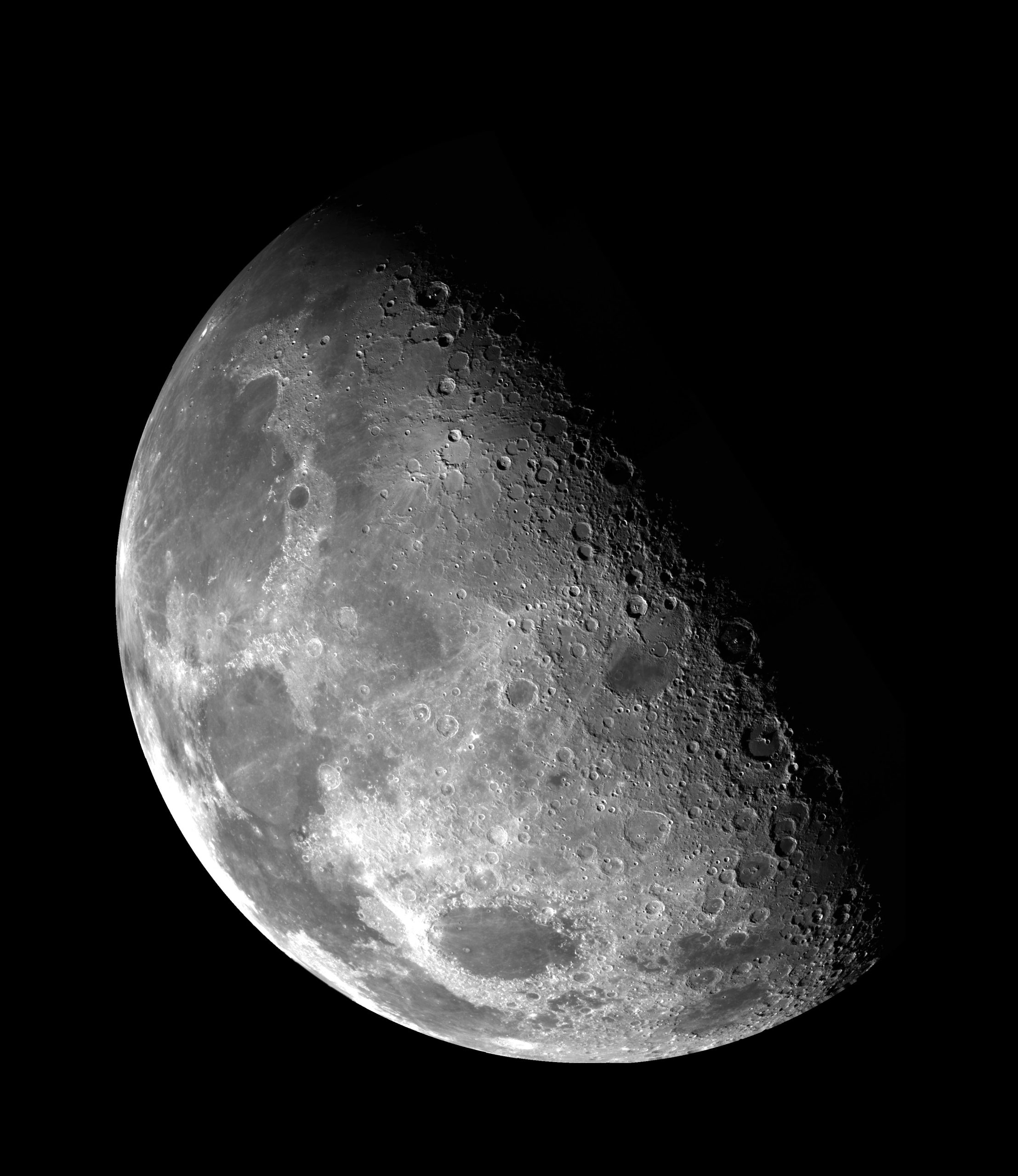Does the Same Side of the Moon Always Face Earth?
For centuries, the moon has captured the fascination and curiosity of people all around the world. As the Earth’s only natural satellite, it has sparked countless questions and debates. One of the most intriguing questions about the moon pertains to its rotation and whether the same side always faces Earth. In this blog post, we will dive into the science behind the phenomenon, explore its historical significance, and discuss recent advancements in our understanding of the moon’s rotation.
Understanding the Basics
Before we delve deeper into the topic, let’s review some basic astronomical concepts. The rotation of an object refers to its spinning motion around its axis. The moon, like the Earth, rotates on its axis, completing one rotation every 27.32 days. This rotational period is the same as its orbital period around the Earth.
At this point, you might be wondering why we always see the same side of the moon from Earth. The answer lies in a phenomenon called tidal locking. Tidal locking occurs when an object’s rotation matches its orbital period, resulting in the same side always facing its companion body. This is precisely what happens with the moon.
The moon’s rotation and orbital periods have become tidally locked with Earth due to the gravitational interaction between the two celestial bodies. Over time, the gravitational forces have caused the moon to have a synchronous rotation, with one side permanently facing Earth. This means that about 41% of the moon’s surface remains hidden from our view.
To gain a better understanding of the moon’s rotation, let’s take a look at some historical milestones and scientific discoveries related to this fascinating phenomenon.
Historical Significance
The concept of tidal locking and the moon’s synchronous rotation was first proposed by the Polish astronomer Kazimierz Kordylewski in the early 20th century. However, it wasn’t until the mid-20th century that scientists began to study and gather evidence supporting this theory.
In 1959, the Soviet spacecraft Luna 3 captured and transmitted the first images of the moon’s far side, allowing scientists to observe the hidden side for the very first time. These images confirmed the theory of tidal locking and provided valuable insights into the moon’s rotation.
Further advancements in space exploration and technology have also contributed to our understanding of the moon’s rotation. The Apollo missions in the 1960s and 1970s provided astronauts with the opportunity to observe and study the moon up close, gathering extensive data and samples.
In recent years, the Lunar Reconnaissance Orbiter (LRO) mission by NASA has played a crucial role in mapping the moon’s surface and collecting high-resolution images. This ongoing mission has provided scientists with detailed information about the moon’s topography, including the hidden side.
Advancements in Understanding
Despite our extensive knowledge of the moon’s rotation, there is still much to learn. Recent scientific advancements and technological innovations have allowed researchers to delve deeper into the mysteries of the moon.
One significant breakthrough occurred in 2019 when the Chinese lunar probe Chang’e 4 landed on the far side of the moon. This historic mission provided valuable data and stunning images of the previously unseen lunar surface, shedding even more light on the composition and topography of the moon’s far side.
Another recent development in our understanding of the moon’s rotation is the use of artificial intelligence (AI). In 2020, scientists at the University of Hawaiʻi at Mānoa developed a deep learning model capable of predicting lunar surface features. This AI-based approach allows for more efficient mapping and analysis of lunar data, aiding in our exploration and understanding of the moon.
The Future of Lunar Exploration
As technology continues to advance, so does our ability to explore and uncover the secrets of the moon. Several ambitious missions are currently in the works, with the goal of further expanding our knowledge of Earth’s satellite.
NASA’s Artemis program aims to return humans to the moon by the end of the 2020s, with a focus on establishing a sustainable human presence on the lunar surface. This prolonged exploration will undoubtedly provide scientists with more opportunities to study the moon, including its rotation and its implications for future space missions.
Other countries, such as China and Russia, also have their sights set on the moon. China plans to launch the Chang’e 6 mission to gather samples from the moon’s south pole, while Russia has proposed a lunar orbiter mission called Luna 25. These missions could provide further insights into the moon’s rotation and contribute to our overall understanding of Earth’s celestial neighbor.
Conclusion
Does the same side of the moon always face Earth? Yes, it does, thanks to the phenomenon of tidal locking. The gravitational forces between the Earth and the moon have caused the moon to have a synchronous rotation, resulting in one side perpetually facing us. Our understanding of this phenomenon has deepened over the years, thanks to historical milestones, space missions, and advancements in technology.
However, there is still much more to discover and learn about the moon’s rotation. Ongoing and future missions, along with innovative scientific approaches, will continue to provide us with valuable insights into the mysteries of our closest celestial neighbor.
As we continue to gaze at the moon, let’s appreciate its beauty and the scientific wonders it holds. The moon represents an unending source of inspiration and exploration, reminding us of the vastness and infinite possibilities of our universe.
Table of Contents
